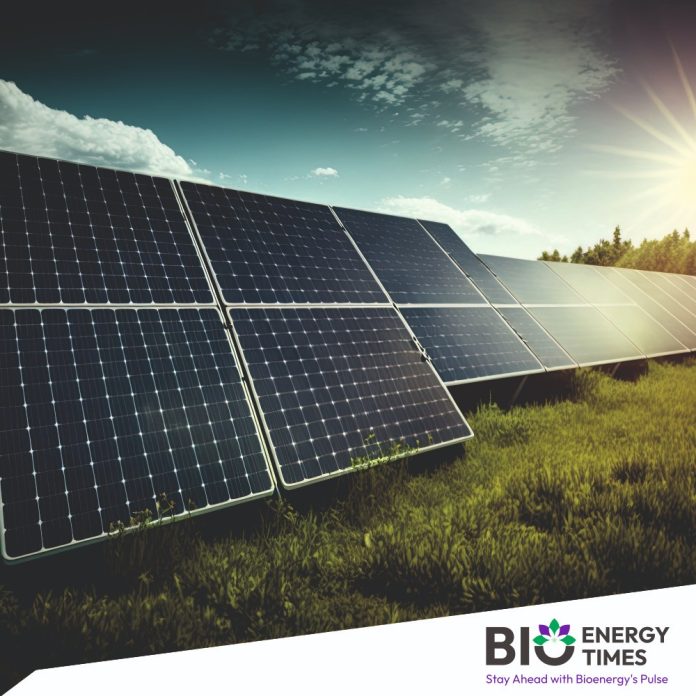According to a report by Share India, the solar industry is expected to continue facing a demand-supply gap, even with a significant increase in cell manufacturing capacity over the next two years. The production of solar modules is projected to grow from 8 gigawatts (GW) to 50 GW by the financial year 2027. However, the report warns that the demand-supply imbalance in the sector is likely to widen.
Despite the sharp rise in cell production, the report notes that the gap will persist, as new capacity additions are expected to be concentrated toward the latter half of the two-year period. A major factor contributing to this issue is the introduction of ALMM-II regulations in June 2026 (FY27), which will limit the use of imported cells in government projects.
The upcoming changes in import regulations due to ALMM-II will add complexity to the situation, as domestic manufacturers may struggle to meet the needs of government projects without relying on imported cells. This regulation will affect the solar value chain by reducing the availability of cells for government-backed initiatives, potentially leading to a supply shortage in the domestic market.
While manufacturers are rapidly expanding production capacity, the restrictions on cell imports will significantly impact the ability to meet demand, particularly for solar modules in government projects. The report also highlights four key concerns in the industry, including the risk of an oversupply of solar modules and cells.
Aggressive production expansion plans could put downward pressure on prices, leading to margin compression across the value chain, but the demand-supply gap is expected to persist. The report also points to other challenges, such as the surge in cell capacity, the potential oversupply of modules, the impact of import duty reductions on cells and PV modules, and the possibility of tariffs on exports to the U.S., which could result in domestic overcapacity in the short term.
While concerns about oversupply are prevalent, the report suggests that many of these issues may have been exaggerated. The imposition of customs duties and the reinstatement of ALMM-I in FY25 have already reduced module imports, exacerbating the demand-supply mismatch for domestic manufacturers.
Over the next two years, annual demand for solar modules is expected to outpace supply, with an estimated need of 35-40 GW per year. India’s solar power sector has experienced an extraordinary 3,450% increase in capacity over the past decade, growing from 2.82 GW in 2014 to 100 GW by 2025, according to official data. As of January 31, 2025, India’s total installed solar capacity stands at 100.33 GW, with 84.10 GW under development and an additional 47.49 GW in the tendering phase.
For detailed information and further insights, please refer to BioEnergyTimes.com, which provides the latest news about the Biomass Industry
















